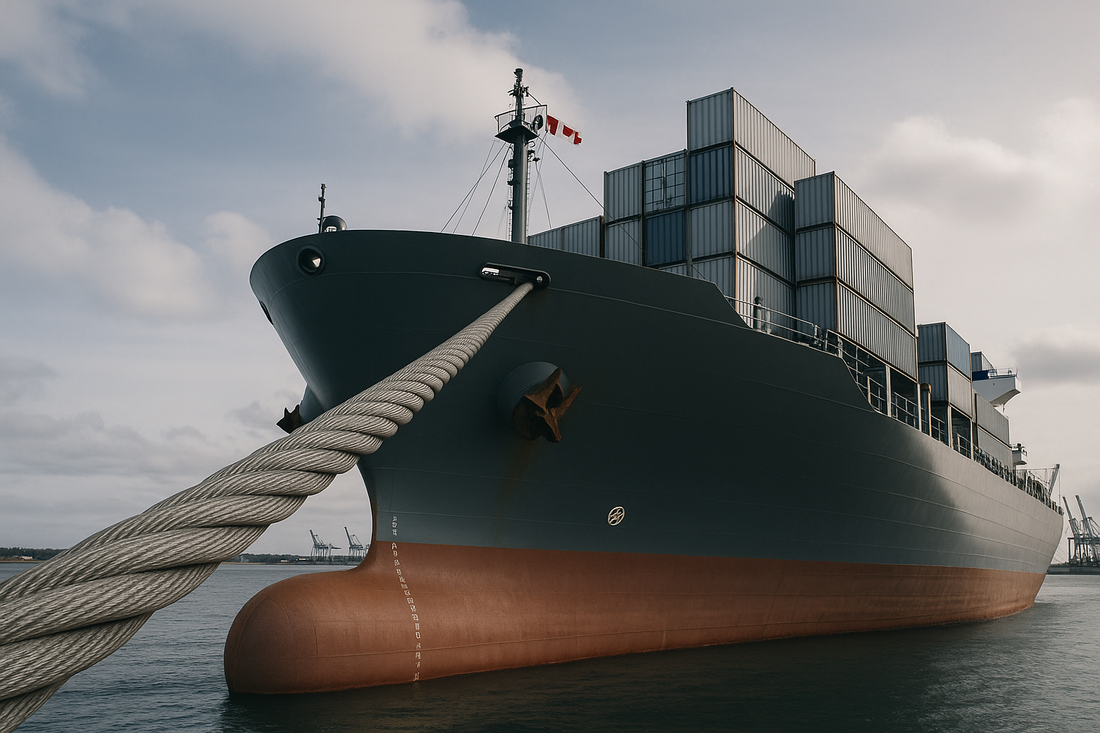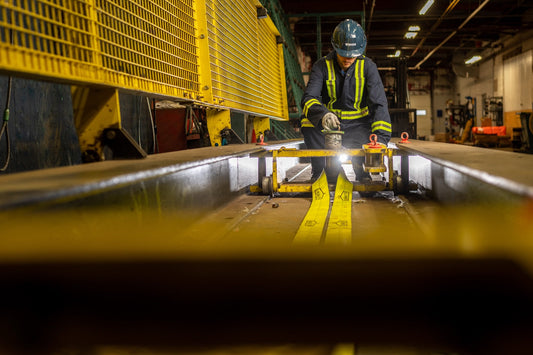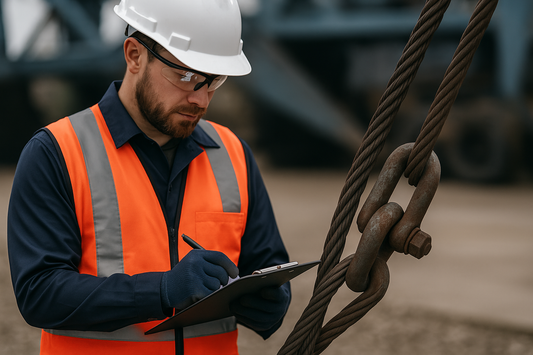Wire Rope Failure Analysis & Prevention

Wire rope is the backbone of many heavy lifting and rigging operations. From construction cranes to marine winches and industrial hoists, wire rope is designed to withstand massive loads and extreme conditions. However, even the most durable wire rope can experience failure if not properly maintained or correctly applied. That’s where wire rope failure analysis comes into play.

At Wire Rope Industries Atlantic, we specialize in high-performance wire rope products and expert consulting services, including thorough wire rope failure analysis. Understanding the causes of wire rope failure not only improves safety but also extends the lifespan of your equipment, saving you time and money.
What is Wire Rope Failure Analysis?
Wire rope failure analysis is the systematic process of investigating why a wire rope has failed. This analysis helps identify the root cause—whether it’s due to mechanical overload, improper installation, environmental conditions, or material fatigue. By understanding these factors, preventive measures can be implemented to avoid future issues and improve overall safety.
Our team at Wire Rope Industries Atlantic performs detailed evaluations of failed wire ropes, looking for specific signs like broken strands, corrosion, kinks, and abrasions. These indicators help pinpoint what went wrong and how it can be corrected moving forward.

Common Causes of Wire Rope Failure
1. Mechanical Overload
One of the most frequent causes of wire rope failure is mechanical overload—when the rope is subjected to loads exceeding its maximum capacity. This can result from incorrect load calculations, unexpected shifts in weight, or improper use of lifting equipment.
- Signs: Flattened strands, excessive stretching, visible breaks in the wire
- Prevention: Always adhere to the wire rope’s Working Load Limit (WLL) and apply proper load distribution techniques.
2. Abrasion and Wear
Constant friction against surfaces, pulleys, and sharp edges can cause wire rope to degrade over time. This type of wear is common in construction sites and industrial settings where ropes are continuously in motion.
- Signs: Fraying of outer wires, thinning of strands, shiny spots
- Prevention: Implement proper sheave alignment, use wear pads, and regularly inspect for signs of wear.
3. Corrosion
Wire ropes exposed to marine environments or harsh weather conditions are vulnerable to corrosion. Saltwater, moisture, and chemical exposure can weaken the rope’s structure, leading to brittle strands that are prone to snapping.
- Signs: Rust, discoloration, brittle wires
- Prevention: Choose galvanized or stainless-steel wire rope for marine applications and apply protective coatings.
4. Fatigue and Bending
Repeated bending of wire rope over pulleys or sheaves without proper tensioning can lead to fatigue. This type of failure is often gradual but dangerous, as it weakens the core over time.
- Signs: Cracked wires, breakage at stress points, bird-caging (twisted wires)
- Prevention: Use sheaves of the correct diameter, avoid sharp bends, and monitor rope tension.
5. Improper Installation
Even high-quality wire rope can fail if it’s not installed correctly. Kinks, twists, and improper winding can introduce stress points that significantly reduce the rope's load capacity.
- Signs: Kinks, bird-caging, uneven strands
- Prevention: Follow proper installation procedures and consult with experts for critical applications.
The Process of Wire Rope Failure Analysis
At Wire Rope Industries Atlantic, our wire rope failure analysis process is designed to identify the root cause quickly and effectively:
- Visual Inspection: We begin with a detailed visual inspection to identify any obvious signs of wear, corrosion, or mechanical damage.
- Measurement & Testing: The wire rope is measured for stretch, strand separation, and diameter reduction. Load testing may also be conducted if necessary.
- Strand Dissection: We separate the strands for internal inspection, looking for hidden corrosion, core damage, and broken wires.
- Root Cause Identification: Our team compiles the findings to determine the primary cause of failure—whether it’s mechanical, environmental, or installation-related.
- Reporting & Recommendations: We provide a detailed report that outlines the cause of failure along with recommendations to prevent recurrence.
Preventing Wire Rope Failure: Our Recommendations
To avoid costly downtime and ensure safety, we recommend the following best practices:
- Regular Inspections: Conduct frequent inspections based on usage—daily for heavy loads, monthly for moderate use, and yearly for infrequent applications.
- Proper Lubrication: Apply industry-approved lubricants to prevent corrosion and reduce friction.
- Correct Storage: Store wire rope in a cool, dry place away from moisture and chemical exposure.
- Adhere to Load Limits: Never exceed the Working Load Limit (WLL) specified by the manufacturer.
- Use the Right Hardware: Pair wire rope with compatible shackles, thimbles, and hooks to maintain strength and safety.
Wire Rope Failure Analysis & Consulting Services
If you have experienced a wire rope failure, the best next step is a professional wire rope failure analysis. At Wire Rope Industries Atlantic, we offer expert analysis and consulting services to help you understand what went wrong and how to prevent it in the future.
We also provide:
- On-site Inspections
- Load Testing & Certification
- Safety Compliance Consulting
- Custom Rigging Solutions

